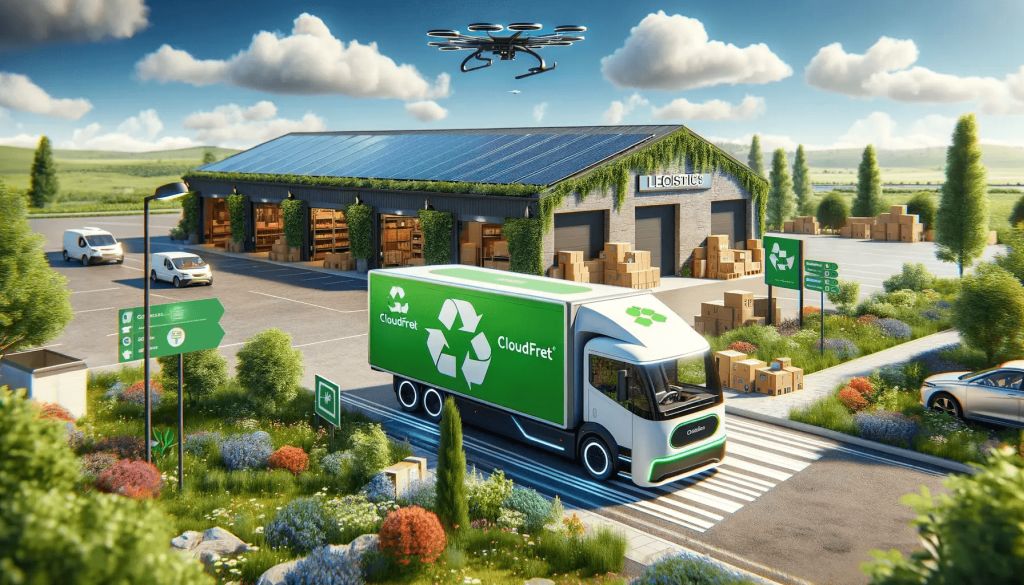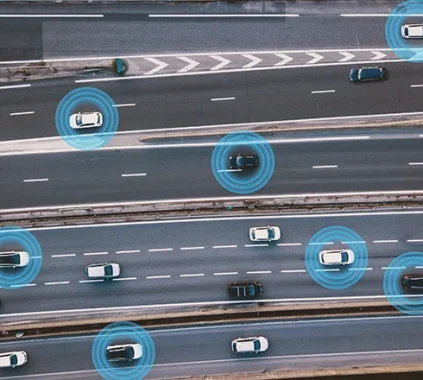In today’s world, sustainability is no longer just a buzzword; it’s a necessity. Businesses across industries are under increasing pressure to reduce their carbon footprint, and one significant area to address is transportation. Transitioning to a greener fleet not only benefits the environment but can also result in cost savings and enhance a company’s brand image. Here’s how businesses can make the shift to greener fleet options effectively.
1. Assess Your Current Fleet
The first step in transitioning to a greener fleet is understanding your current vehicle usage. Conduct a fleet audit to analyze:
- Fuel consumption: Identify which vehicles consume the most fuel.
- Maintenance costs: High maintenance vehicles might be better candidates for replacement.
- Travel patterns: Determine how far your vehicles typically travel and the routes they cover.
This data will help you identify which vehicles to replace or upgrade and what greener alternatives might suit your needs.
2. Explore Green Vehicle Options
There are various environmentally friendly vehicle options to consider, each with its own advantages.
Electric Vehicles (EVs)
Electric vehicles produce zero tailpipe emissions and are ideal for urban or short-distance travel. Many governments offer incentives such as tax credits and grants to encourage EV adoption.
Hybrid Vehicles
Hybrid models combine a traditional internal combustion engine with an electric motor, offering better fuel efficiency and lower emissions. They’re a great transitional option for businesses not ready to go fully electric.
Hydrogen Fuel Cell Vehicles
Hydrogen fuel cell vehicles are emerging as a promising solution for long-haul and heavy-duty fleets. They offer quick refueling times and produce water as their only byproduct.
Biofuel or Compressed Natural Gas (CNG)
Vehicles that run on biofuels or CNG are also viable options for reducing emissions without a complete overhaul of your fleet.

3. Invest in Infrastructure
To support a greener fleet, businesses need to invest in infrastructure.
- Charging Stations: For EVs, set up charging stations at company facilities or work with local governments to access public stations.
- Maintenance Training: Ensure your team is trained to handle the unique requirements of green vehicles.
- Fleet Management Software: Use technology to monitor vehicle performance and optimize routes, reducing unnecessary emissions.
4. Leverage Incentives and Partnerships
Many governments and organizations provide incentives to encourage green fleet adoption. These include:
- Grants and rebates: Financial assistance for purchasing eco-friendly vehicles.
- Tax deductions: Reduced taxes for sustainable practices.
- Partnerships: Collaborate with manufacturers or green tech firms for better pricing and support.
Research the programs available in your region and take full advantage of them.
5. Implement a Phased Transition
Switching your entire fleet overnight is unrealistic for most businesses. Instead, adopt a phased approach:
- Replace high-priority vehicles first: Start with vehicles that are least efficient or due for replacement.
- Pilot test new technologies: Test a small number of EVs or hybrids to evaluate their performance.
- Set achievable goals: For example, aim to convert 25% of your fleet to green options within two years.
6. Educate and Involve Employees
Your team plays a crucial role in the success of a green fleet transition.
- Driver Training: Teach eco-driving techniques, such as smooth acceleration and braking, to reduce fuel consumption.
- Feedback Systems: Encourage drivers to share their experiences with new vehicles to identify potential improvements.
- Incentives: Offer rewards for fuel-efficient driving practices or participation in sustainability initiatives.
7. Measure and Report Progress
Once your green fleet is operational, regularly track its performance:
- Emissions Reduction: Monitor the drop in greenhouse gas emissions.
- Cost Savings: Calculate savings from reduced fuel consumption and lower maintenance costs.
- Customer Impact: Highlight your green initiatives in marketing materials to attract environmentally conscious clients.
Reporting these metrics not only keeps stakeholders informed but also demonstrates accountability and commitment to sustainability.
8. Look Ahead: Embrace Innovation
The transportation industry is rapidly evolving, with new technologies emerging all the time. Stay ahead of the curve by:
- Exploring autonomous EVs: These vehicles promise to further reduce emissions through optimized driving patterns.
- Utilizing AI-powered fleet management: Predictive analytics can help minimize energy use.
- Adopting circular practices: Consider refurbishing older vehicles or using recycled materials for repairs.
Conclusion
Transitioning to a greener fleet is an investment in your business’s future. It’s an opportunity to cut costs, reduce emissions, and align with the growing demand for corporate sustainability. By assessing your current fleet, exploring green vehicle options, and implementing phased changes, your business can lead the charge toward a cleaner, greener future.
The shift may seem daunting at first, but with careful planning, collaboration, and a commitment to innovation, your business can make a significant impact on the environment and inspire others to follow suit. The road to sustainability is paved with opportunity—now is the time to take the wheel.









